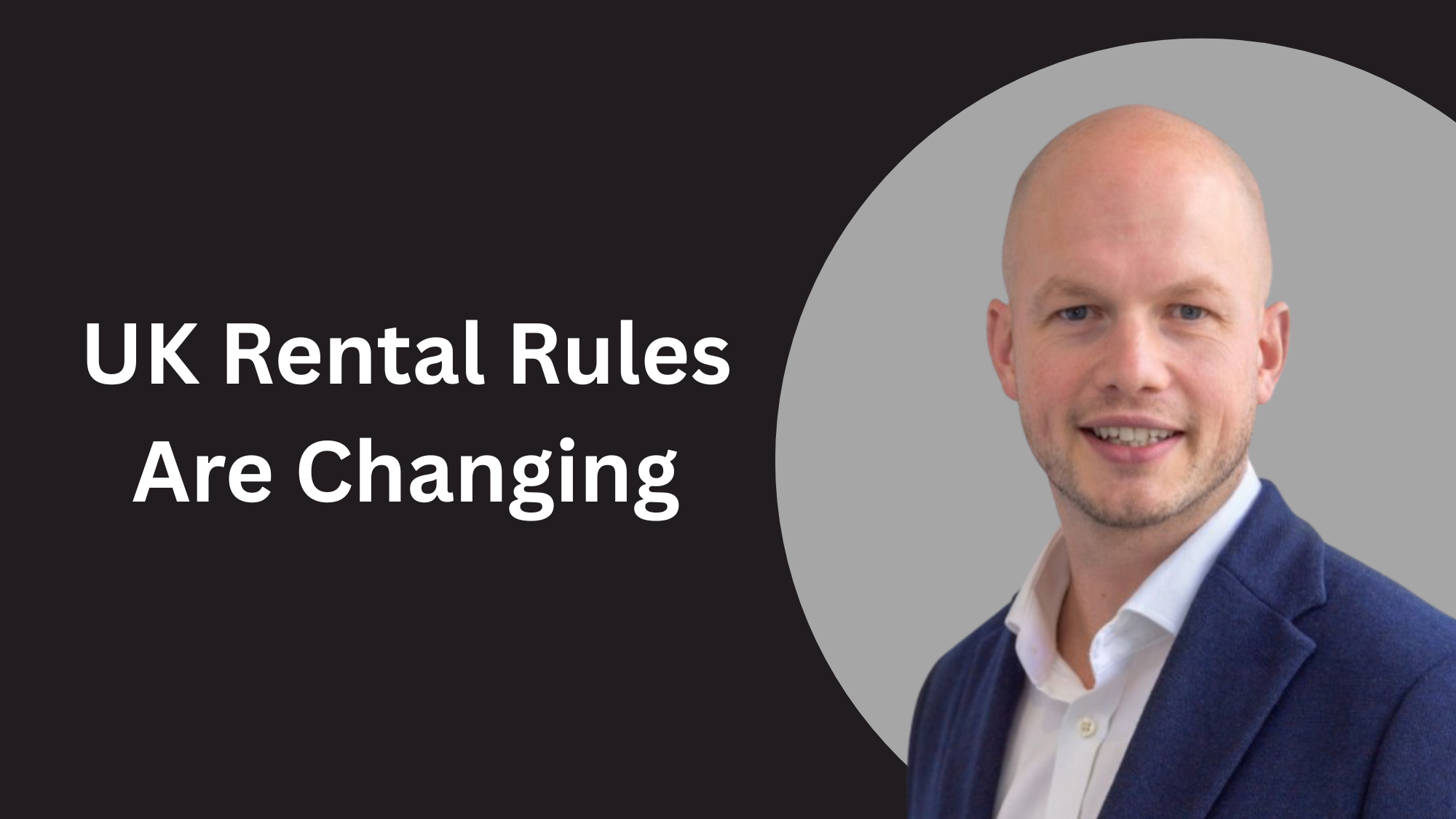Have you heard of the term 7/1 Adjustable Rate Mortgage? In this blog post, we will explain what a 7/1 ARM is, how it works, its pros and cons, and whether it is the right choice for you.
What is a 7/1 Adjustable Rate Mortgage?
A 7/1 ARM is a home loan that starts with a fixed interest rate for the initial seven years. After this period, the interest rate will change once every year for the rest of the loan's duration, which is usually 30 years in total.
The 7 signifies the initial seven-year period with a stable rate, while the 1 means the rate adjusts annually afterward. This hybrid design differentiates it from mortgages with a rate that stays the same for the entire term (fixed-rate) and those where the rate can change more often, even monthly (fully adjustable-rate mortgages).
For the first seven years, borrowers benefit from consistent monthly payments, just like with a fixed-rate loan. According to the Mortgage Bankers Association (MBA), in 2024, the average initial interest rate for a 7/1 ARM was approximately 6.2%, compared to 6.8% for a 30-year fixed-rate mortgage, potentially saving borrowers hundreds of dollars annually during the fixed period.
This lower initial rate made 7/1 ARMs attractive. As a result, these types of adjustable-rate loans accounted for approximately 7% of all mortgage applications in 2024.
However, once the fixed period ends, the interest rate is recalculated each year based on a benchmark rate plus an additional amount, known as the margin.
How Does a 7/1 ARM Work?
To understand a 7/1 ARM, let’s break it down into its main components:
1. Fixed-Rate Period (Years 1–7)
For the first seven years, the interest rate remains constant, determined at the time of loan origination. This rate is often lower than that of a 30-year fixed-rate mortgage, making the 7/1 ARM attractive for borrowers seeking lower initial payments.
For example, if you secure a 7/1 ARM with a 5% fixed rate, your monthly payments for principal and interest will stay the same for seven years, regardless of market fluctuations.
2. Adjustment Period (Years 8–30)
After the seventh year, the interest rate adjusts annually based on:
- Index: A benchmark interest rate, such as the Secured Overnight Financing Rate (SOFR) or the London Interbank Offered Rate (LIBOR, though less common now). The index reflects general market conditions.
- Margin: A fixed percentage added to the index, set by the lender at the start of the loan (e.g., 2.5%).
- Caps: Limits on how much the rate can increase or decrease at each adjustment or over the life of the loan. Common caps include:
- Periodic cap: Limits the rate change per adjustment (e.g., 2% per year).
- Lifetime cap: Limits the total rate increase over the loan term (e.g., 5% above the initial rate).
- Initial adjustment cap: Limits the rate change at the first adjustment.
For instance, if your initial rate is 5%, the index rises to 4%, and your margin is 2.5%, your new rate would be 6.5% (4% + 2.5%), assuming it’s within the cap limits. Your monthly payment would then recalculate based on this new rate and the remaining loan balance.
3. Loan Term
Most 7/1 ARMs have a 30-year term, meaning that after the seven-year fixed period, there are 23 years of adjustable rates. But, shorter terms like 15 or 20 years may also be available.
A Real-World Example
Let’s say that you take out a $300,000 7/1 ARM with a 5% initial rate and a 30-year term. For the first seven years, your monthly payment for principal and interest is approximately $1,610.
If the rate adjusts to 7% in year eight (within a 2% periodic cap), your payment could rise to about $1,900, assuming that the remaining balance is around $260,000. This $290 monthly increase highlights the importance of planning for adjustments.

Benefits of a 7/1 ARM
The 7/1 ARM offers several advantages, particularly for certain types of borrowers:
- Lower starting rate: Benefit from a reduced initial interest rate, potentially freeing up funds in your budget.
- Potential for future rate decreases: Depending on economic factors and interest rate movements, your rate could go down after the initial fixed period.
- Rate stability during the fixed period: If you plan to sell or refinance your home before the initial seven-year period is over, you won't experience any interest rate adjustments.
- Short-term savings: If you plan to sell your home, relocate, or refinance within seven years, a 7/1 ARM can save you money. Since you will likely exit the loan before the adjustable period begins, you benefit from the lower fixed rate without worrying about future rate hikes.
Risks and Drawbacks of a 7/1 ARM
The 7/1 ARM comes with risks that borrowers should carefully consider.
- Rate and Payment Uncertainty: After seven years, your interest rate could rise significantly, increasing your monthly payments. If rates climb sharply, even caps may not fully shield you from higher costs.
- Budgeting Challenges: Adjusting payments can strain your finances, especially if your income doesn’t keep pace with potential rate increases. Borrowers need to plan for the possibility of higher payments.
- Complexity: ARMs are more complex than fixed-rate mortgages. Understanding indexes, margins, and caps requires financial literacy, and misjudging these factors can lead to unexpected costs.
- Long-Term Cost: If you stay in the loan past the fixed period and rates rise, the total interest paid over 30 years could exceed that of a fixed-rate mortgage.
Comparing a 7/1 ARM to Other Mortgages
Let's see how a 7/1 ARM stacks up against other common home loan options:
- 30-Year Fixed-Rate Mortgage: This offers the security of the same interest rate and monthly payment for the entire 30-year loan. However, the initial interest rate is usually higher compared to a 7/1 ARM.
- 5/1 ARM: This is similar to the 7/1 ARM, but the initial fixed interest rate period only lasts for five years, meaning that the rate adjustments will begin sooner.
- 15-Year Fixed-Rate Mortgage: This loan has a shorter repayment period and generally comes with lower interest rates than longer-term fixed-rate mortgages. However, the monthly payments will be higher because you're paying off the loan faster.
Who Should Consider a 7/1 ARM?
A 7/1 ARM isn’t for everyone, but it can be a smart choice in certain scenarios:
- Short-Term Homeowners: If you expect to sell or move within seven years, you can capitalize on the lower initial rate without facing adjustments.
- Borrowers with Growing Incomes: If your income is likely to increase significantly, you may be better equipped to handle potential payment hikes after year seven.
- Risk-Tolerant Borrowers: If you are comfortable with some uncertainty and believe interest rates may stay stable or decline, a 7/1 ARM could work.
- Those in High-Cost Areas: In expensive markets, the lower initial payments can make homeownership more affordable upfront.
Conversely, if you prefer payment stability, plan to stay in your home long-term, or expect rising interest rates, a fixed-rate mortgage is likely to be a safer bet.
Final Words
The 7/1 adjustable rate mortgage offers a compelling blend of short-term savings and long-term flexibility, but it’s not without risks. Its lower initial rate can make homeownership more accessible, especially for those who don’t plan to stay in their home long-term.
However, the potential for rate increases after seven years requires careful planning and financial foresight. By weighing the pros and cons, comparing it to other mortgage options, and aligning it with your goals, you can decide if a 7/1 ARM is the right path to homeownership for you.































Discussion